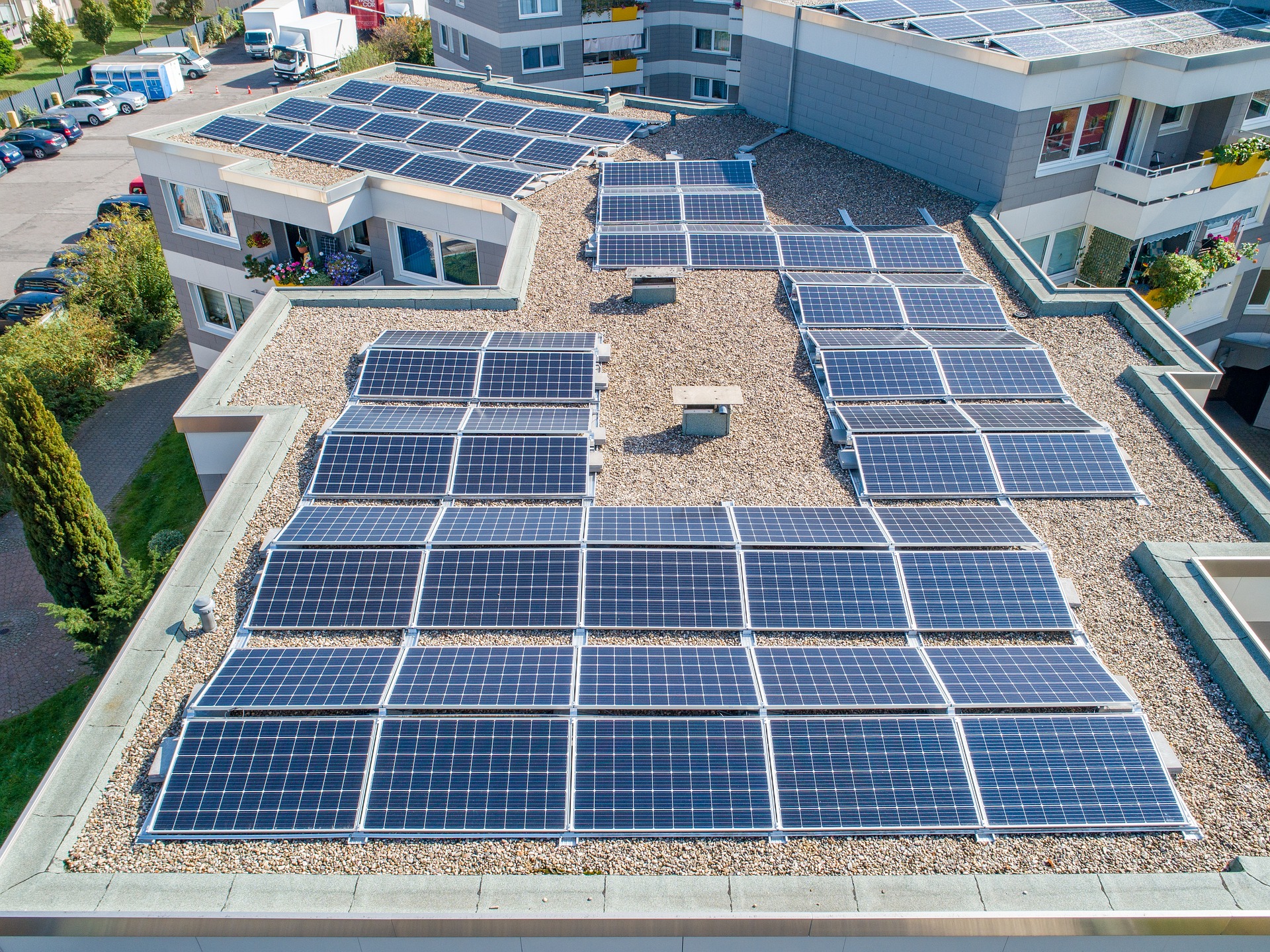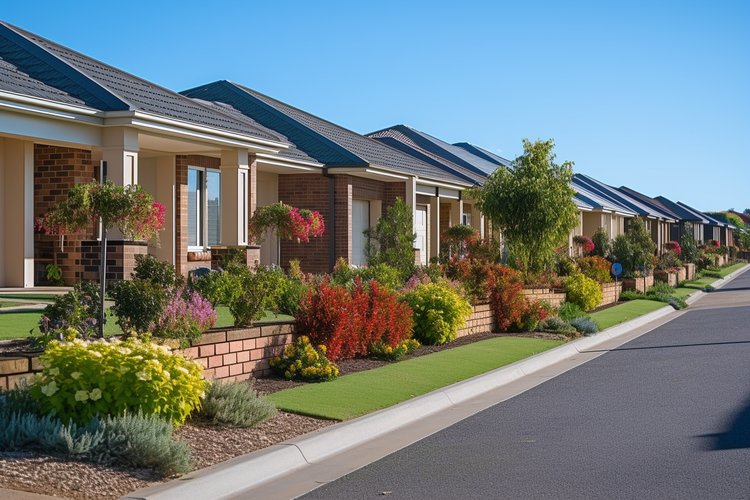Plunging into the Potential of Real Estate Micro Units: A New Wave in Urban Living
In the ever-evolving world of real estate, one trend that has been steadily gaining traction is the rise of micro units. These compact living spaces—ranging from 200 to 500 square feet—have emerged as a popular choice for urban dwellers, particularly in high-density cities. But what has led to the proliferation of these pint-sized properties? And what does this trend mean for buyers, sellers, and investors?
The Emergence of Micro Units: A Historical Context
The concept of micro units isn’t new; it can be traced back to Japan’s post-World War II period when compact, efficient housing was necessary due to the country’s rapid urbanization and population growth. However, the recent surge in popularity of micro units in Western markets is a response to several socio-economic factors. These include rising urban population density, skyrocketing real estate prices, and a shift in lifestyle preferences—particularly among millennials and Gen Z who value location and affordability over size.
The Current Market Landscape: Riding the Wave of Compact Living
Today, micro units are thriving in cities like New York, San Francisco, and Seattle, where the cost of living is exorbitant. These mini apartments offer an affordable and sustainable living solution for single residents, students, and young professionals looking to live in prime urban locations without breaking the bank. According to a report by RCLCO Real Estate Advisors, micro units have lower vacancy rates and command higher rent per square foot than conventional apartments in the same markets.
The Pros and Cons of Micro Unit Investment
For investors, micro units offer a unique value proposition. They can yield higher returns due to their lower vacancy rates and premium rent prices. Additionally, the demand for affordable rental options in urban centers is only projected to grow, making micro units a potentially lucrative investment.
However, like all real estate ventures, investing in micro units also comes with challenges. Zoning regulations, building codes, and financing hurdles can be significant roadblocks. Furthermore, while micro units are currently in vogue, changing demographics or economic conditions could impact their long-term appeal.
The Impact of Micro Units: A Shift in Urban Living Paradigms
The rise of micro units represents a fundamental shift in urban living paradigms. They promote minimalist living, community integration, and functionality. For city dwellers, these pint-sized spaces are not just a place to live; they represent a lifestyle choice that values affordability, sustainability, and location over square footage.
The Future of Micro Units: A Significant Real Estate Trend
With urbanization showing no signs of slowing down, and with the continuous demand for affordable housing, it’s reasonable to predict that the trend of micro units will continue. As a real estate investor or prospective buyer, understanding this emerging market trend can be critical to making informed decisions. Whether you consider micro units as a positive evolution or a necessary response to housing crises, there’s no denying their significance in today’s urban real estate landscape.
In conclusion, micro units embody the changing face of urban living, offering a unique blend of affordability, convenience, and lifestyle alignment. While challenges exist, their potential benefits make them a real estate trend worth watching. As the real estate market continues to evolve, micro units may become an even more prominent feature of our urban landscapes.







